On Monday evening, the Nord Stream 1 control centre reported a drop in pressure on both strings of the gas pipeline. Also on Monday, 26 September, the Danish Energy Agency published a communiqué stating that it had discovered a leak in the Nord Stream 2 pipeline in the Danish part of the Baltic Sea.
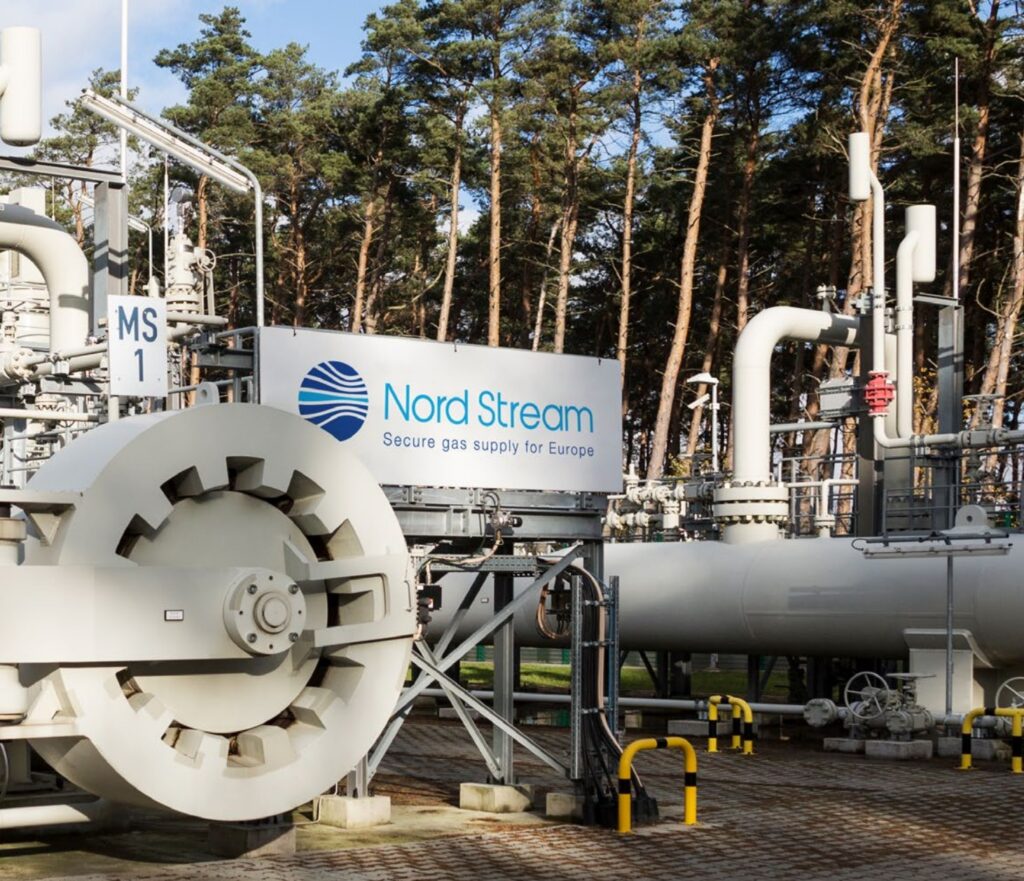
A total of three leaks were reported at the EU Commission's daily press conference in Brussels. Both pipelines are double-stranded. According to consistent Danish and Swedish information, there are two leaks in the Nord Stream 1 supply pipeline north-east of the island of Bornholm in the border area between the two national economic zones. The leak in Nord Stream 2 is located south-east of Dueodde on Bornholm.
Although Nord Stream 1 (commissioned in 2012, capacity of 55 billion cubic metres per year) is not currently transporting any gas and Nord Stream 2 is not yet in operation (construction completion in September 2021, USD 11 billion), both pipelines are still filled with gas up to the landfall station in Lubmin.
The Swedish National Seismic Network had previously recorded two events with "massive energy releases" where gas is currently leaking uncontrollably from the pipelines. A seismologist from Uppsala University told the AFP news agency on Tuesday that the cause "can only be an explosion". The first of these Explosions occurred at 2.04 a.m. on Monday night south-east of Bornholm (Nord Stream 2), the second at 7.04 p.m. on Monday evening (Nord Stream 1).
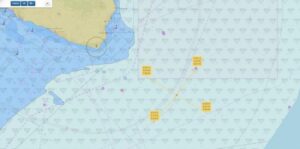
The Danish Ministry of Defence had the areas reconnoitred with F16s and a SAR helicopter. The Danish frigate "Absalon" (F341), the environmental control ship "Gunnar Thorson" (A560) and the corvette "Rota" (P525) were sent to patrol the accident sites. The shipping authorities of both countries issued navigational warnings and set up exclusion zones. According to the Danish Ministry of Defence, the largest of the gas leaks is causing turbulence on the surface of the sea with a diameter of one kilometre.
A video on the website of the Danish Ministry of Defence shows the gas bubbles rising in the water https://www.forsvaret.dk/en/news/2022/gas-leak-in-the-baltic-sea/ .
The Danish Energy Agency has asked the national energy infrastructure manager to raise the alert level for the gas and electricity sector to orange, the second highest level. "Gas pipeline ruptures are extremely rare, and we therefore see the need to raise the alert level due to the events of recent days," said the director of the Danish Energy Agency, Kristoffer Böttzauw.
However, without further findings, the causes of the leaks remain unclear.
Speculation
In view of the almost simultaneous occurrence and the extent of the disruption, there is speculation about sabotage. During the daily press briefing on Tuesday 27 September, a spokesperson for the European Commission was still cautious: "At this stage, it is very premature to speculate about the causes. As I said, we have been informed by the Member States concerned and they are investigating the matter. We will remain in close contact with them." Tagesschau quotes Polish Deputy Foreign Minister Marcin Prydacz in its online presence with his suspicion of a Russian provocation. "Unfortunately, our eastern neighbour is constantly pursuing an aggressive policy. If it is capable of an aggressive military policy in Ukraine, it is obvious that no provocations can be ruled out, not even in the sections that lie in Western Europe."
Russia, for its part, is talking about sabotage. Kremlin spokesman Dmitry Peskov commented on 27 September: "We cannot rule out any possibility at the moment. Obviously the line has been destroyed in some way. Until the results of the investigation are available, it is impossible to rule out any possibility."
On Tuesday evening (27 September), there is growing evidence that the cables were deliberately sabotaged. Russia is the elephant in the room as a possible suspect. Moscow, which is accused of using energy as a weapon, could have used the attack to exacerbate the energy crisis in Europe. Russian bloggers accuse the USA, which could consolidate its economic position with such an intervention. Ukraine is also being criticised. It could use targeted damage to ensure that Russian gas can only be supplied to the EU via pipelines in Ukraine or Poland.
Russia under suspicion
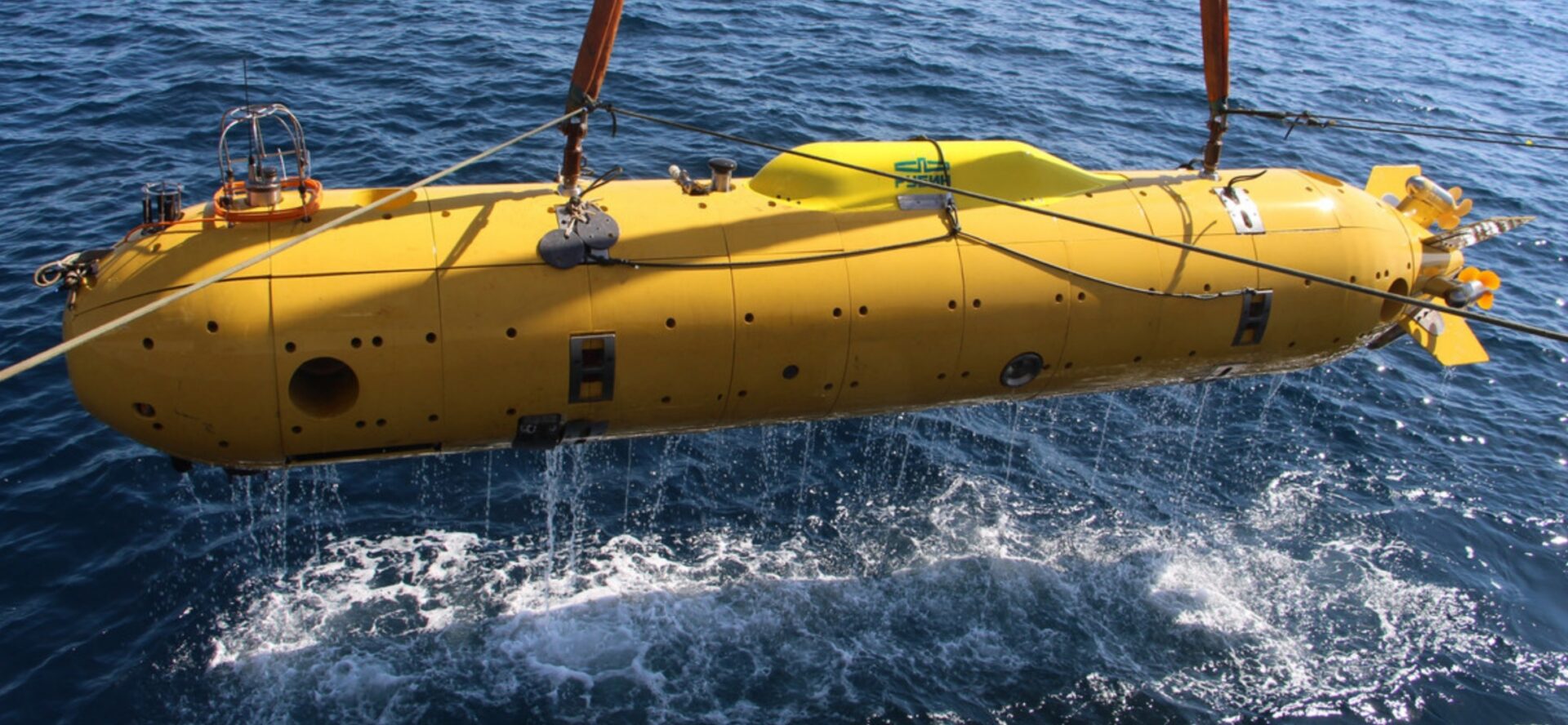
Should a state actor be behind the attack, Russia would certainly be a possibility. Vice Admiral Jan C. Kaack, inspector of the navy, recently warned in Die Welt of possible threats against maritime infrastructure. "You can't just look at the water. Russia has also built up considerable underwater capacities. At the bottom of the Baltic Sea, but also in the Atlantic, there is a lot of critical infrastructure such as pipelines or submarine cables for IT."
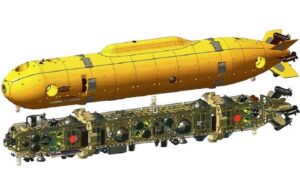
The Russian Navy has been experimenting for several years with smaller autonomous underwater vehicles that can be deployed by surface units or piggybacked by submarines. These include the 'Klavesin 2P-PM' (English name Harpsichord 2P-PM), the first version of which became known in 2010/11. The 6.5 metre long, 3.7 tonne diving device is said to be able to reach depths of up to 6,000 metres. Its autonomy is estimated by the manufacturer Rubin at 150 kilometres.
Economic and ecological consequences
Due to the Russian supply stop, it is irrelevant for the gas supply in the EU that the two important pipelines are now unplanned outages. Whether it is the cause or not, the Russian state could benefit from the rise in the price of gas as a result of the damage to the pipelines, but probably only in the short term. Reuters reports an increase of 11 euros (approx. 6.4 per cent) per megawatt hour for October futures contracts and an increase of 13.85 euros to 203.10 euros per megawatt hour for November. In August, the megawatt hour of gas reached its highest level to date of 346 euros.
In addition to the economic damage, the ecological consequences are worrying. There is a risk of fire and explosion due to gas released into the air and the toxicity of the hydrogen sulphide contained in the gas. Hence the exclusion zones.
According to the Federal Institute for Geosciences and Natural Resources, methane, the main component of natural gas, has been responsible for around a third of global warming since pre-industrial times. It is therefore considered the second most important greenhouse gas, with a global warming potential many times greater than carbon dioxide.
Random coincidence?
The incident occurred on the eve of the inauguration of the Baltic Pipe. Poland wants to import natural gas from Norway via this gas pipeline with an annual capacity of ten billion cubic metres, which corresponds to around 15 percent of domestic demand.

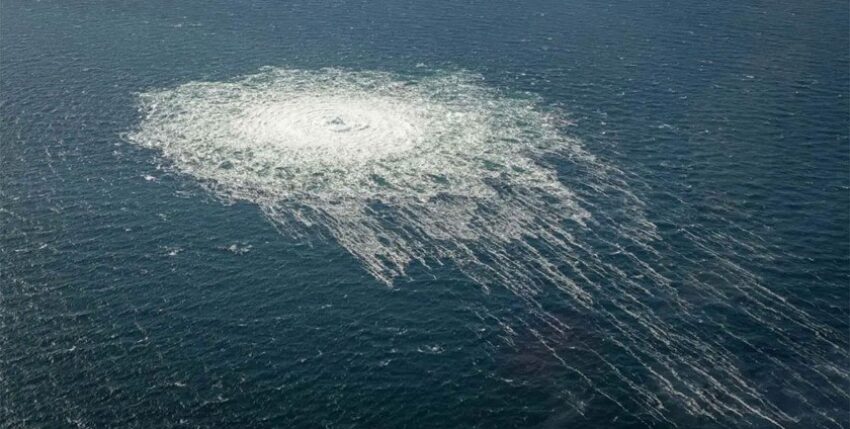









4 responses
"Perhaps the US Navy saw who could have caused the damage to NordStream 1 and 2."
I have re-read the statements made by Biden during Scholz's inaugural visit to the
February:
https://www.merkur.de/politik/ukraine-scholz-usa-biden-konflikt-russland-washington-kanzler-deutschland-putin-news-zr-91285339.html
"If Russia invades Ukraine, there will be no more Nord Stream 2"
Putin's statement:
"We don't build anything for nothing"
https://www.tagesschau.de/ausland/europa/putin-rede-143.html
Jens
The US Navy operated with a helicopter carrier and other large combat ships off Bornholm during the damage period. Helicopters also went up (flight radar) - The system was switched off after some time.
Perhaps the US Navy saw who might have caused the damage to NordStream 1 and 2.
The timing of Inspector Kaack's statement, the opening of the Baltic Pipe and the leaks at N1 and N2 is striking. The quick attribution of blame from Poland to Russia should be treated with caution. There are players in this matter who benefit more from this "incident". The Eastern Europeans and the US, who have always been against it, for economic reasons and officially because of our dependence. The Ukrainians, who want to harm Russia and even our government, as there are increasing calls for the commissioning of N1 at the demonstrations. The Russians also want to cause confusion and provoke this very "guessing game". All without apportioning blame, just my thoughts.
The inspector of the navy has said what insiders have known not just for a few years but for several decades - there is a lot going on in the underwater "theatre of war" - both manned and unmanned. During the Cold War, both West and East developed these covert warfare capabilities. I can still remember that there were reports of disruptions to critical infrastructure due to manipulation and then people began to look for appropriate protective measures. Now this type of action has also become evident in the Baltic Sea on our doorstep.
In my opinion, the damage to a Nord Stream 1 and 2 junction and the Baltic Pipe is more than a clear indication of military capabilities. Damage to the Baltic Pipe to Poland would certainly significantly restrict energy supplies to Eastern Europe. One thing that concerns me is the categorisation and assessment of this very serious incident under international law. Perhaps there is a reader out there who is interested in this topic.